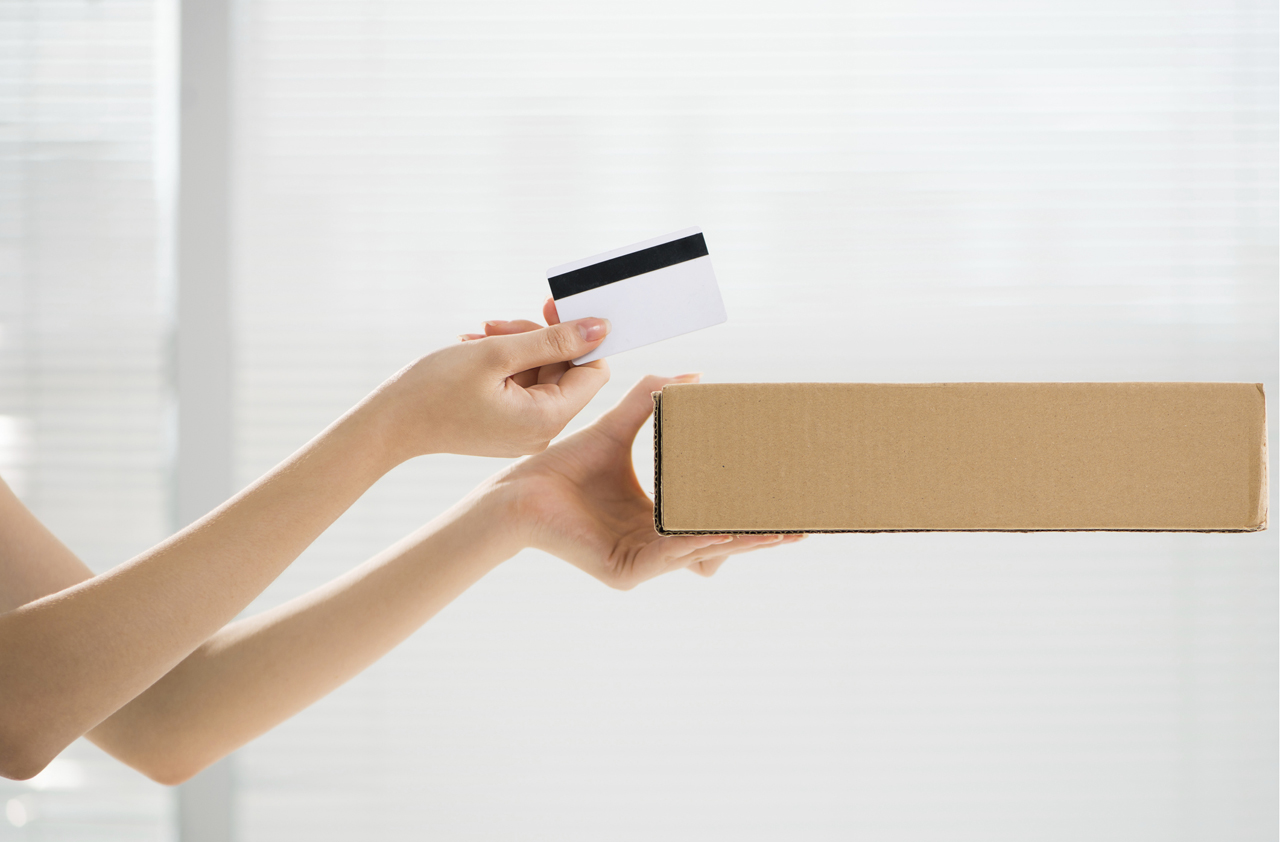Subscription Gift Boxes: Surprising Value or Money Trap?
Subscription gift boxes can be a good buy—if you use the stuff that’s inside.


Nothing beats the thrill of presents delivered to your door. Sign up for a subscription box and you won’t have to wait until the next holiday for goodies. Subscription-box services typically charge $10 to $40 a month to send you assorted items in broad categories, such as cosmetics (Birchbox), kids’ merchandise (Citrus Lane), or niche products such as craft beer, local artisan wares or the latest in fishing tackle.
See Our Slide Show: Ways Retailers Get Us to Spend More
Paying $10 for a few makeup samples may sound like a gimmick. But with many boxes, the value of the items is worth twice or three times the dollar amount you pay each month, says Liz Cadman, founder of MySubscriptionAddiction.com, a box review site. Sampling a specialized product without having to pay for a full-size item is valuable, too. The best services include extras, such as how-to videos on the company’s Web site.
But watch out: The surprise and delight that come with a new box every month can be addictive. Companies sometimes sweeten the deal to include exclusive products to keep your interest piqued. Add to that the common practice of automatic subscription renewals and pitches to sign you up for long-term payment plans—which are usually impossible to cancel before the term is up—and you may wind up shelling out more money than you should.

Sign up for Kiplinger’s Free E-Newsletters
Profit and prosper with the best of expert advice on investing, taxes, retirement, personal finance and more - straight to your e-mail.
Profit and prosper with the best of expert advice - straight to your e-mail.
Before you take the plunge, look up previous monthly selections on the company’s Web site and read reviews on sites such as Cadman’s (which can also alert you to poor customer service and rigid cancellation policies, as well as coupon codes and free offers). And track how many of the products you actually use. Even if the retail value is high, “if you’re not using the items, it’s zero value,” says Cadman.
Get Kiplinger Today newsletter — free
Profit and prosper with the best of Kiplinger's advice on investing, taxes, retirement, personal finance and much more. Delivered daily. Enter your email in the box and click Sign Me Up.

-
 5 Easy Weatherproofing Projects That Help Prevent Damage and Save on Insurance
5 Easy Weatherproofing Projects That Help Prevent Damage and Save on InsuranceProtect your home from storms and water damage with these simple weatherproofing upgrades — some may help reduce your home insurance premium.
By Paige Cerulli
-
 If Trump Fires Jerome Powell, What Happens To Savings and Mortgage Rates?
If Trump Fires Jerome Powell, What Happens To Savings and Mortgage Rates?President Donald Trump expressed his desire to remove Fed Chair Jerome Powell. If the president is successful, how would it impact your savings accounts?
By Sean Jackson
-
 Roth IRA Contribution Limits for 2025
Roth IRA Contribution Limits for 2025Roth IRAs Roth IRA contribution limits have gone up. Here's what you need to know.
By Jackie Stewart
-
 Four Tips for Renting Out Your Home on Airbnb
Four Tips for Renting Out Your Home on Airbnbreal estate Here's what you should know before listing your home on Airbnb.
By Miriam Cross
-
 Five Ways to a Cheap Last-Minute Vacation
Five Ways to a Cheap Last-Minute VacationTravel It is possible to pull off a cheap last-minute vacation. Here are some tips to make it happen.
By Vaishali Varu
-
 How to Figure Out How Much Life Insurance You Need
How to Figure Out How Much Life Insurance You Needinsurance Instead of relying on rules of thumb, you’re better off taking a systematic approach to figuring your life insurance needs.
By Kimberly Lankford
-
 Amazon Big Deal Days Is Coming! We’ve Got All the Details
Amazon Big Deal Days Is Coming! We’ve Got All the DetailsAmazon Prime To kick off the holiday season with a bang, Amazon Big Deal Days runs Tuesday, October 8 and Wednesday, October 9.
By Bob Niedt
-
 How to Shop for Life Insurance in 3 Easy Steps
How to Shop for Life Insurance in 3 Easy Stepsinsurance Shopping for life insurance? You may be able to estimate how much you need online, but that's just the start of your search.
By Kaitlin Pitsker
-
 Five Ways to Shop for a Low Mortgage Rate
Five Ways to Shop for a Low Mortgage RateBecoming a Homeowner Mortgage rates are high this year, but you can still find an affordable loan with these tips.
By Daniel Bortz
-
 Retirees, It's Not Too Late to Buy Life Insurance
Retirees, It's Not Too Late to Buy Life Insurancelife insurance Improvements in underwriting have made it easier to qualify for life insurance, which can be a useful estate-planning tool.
By David Rodeck